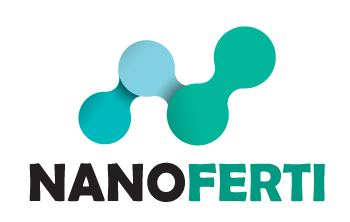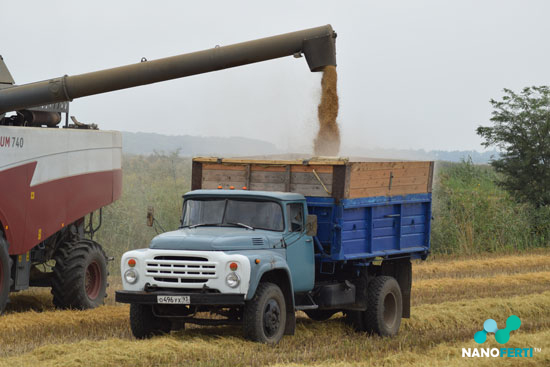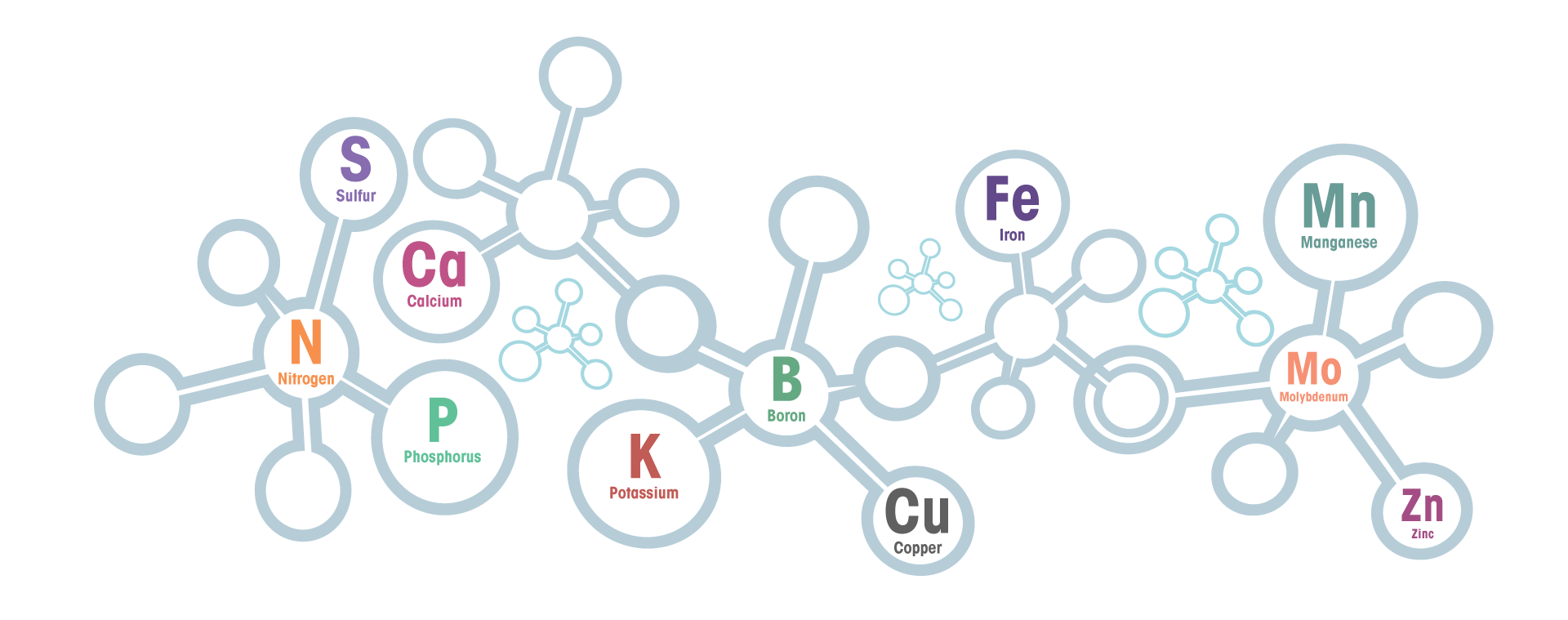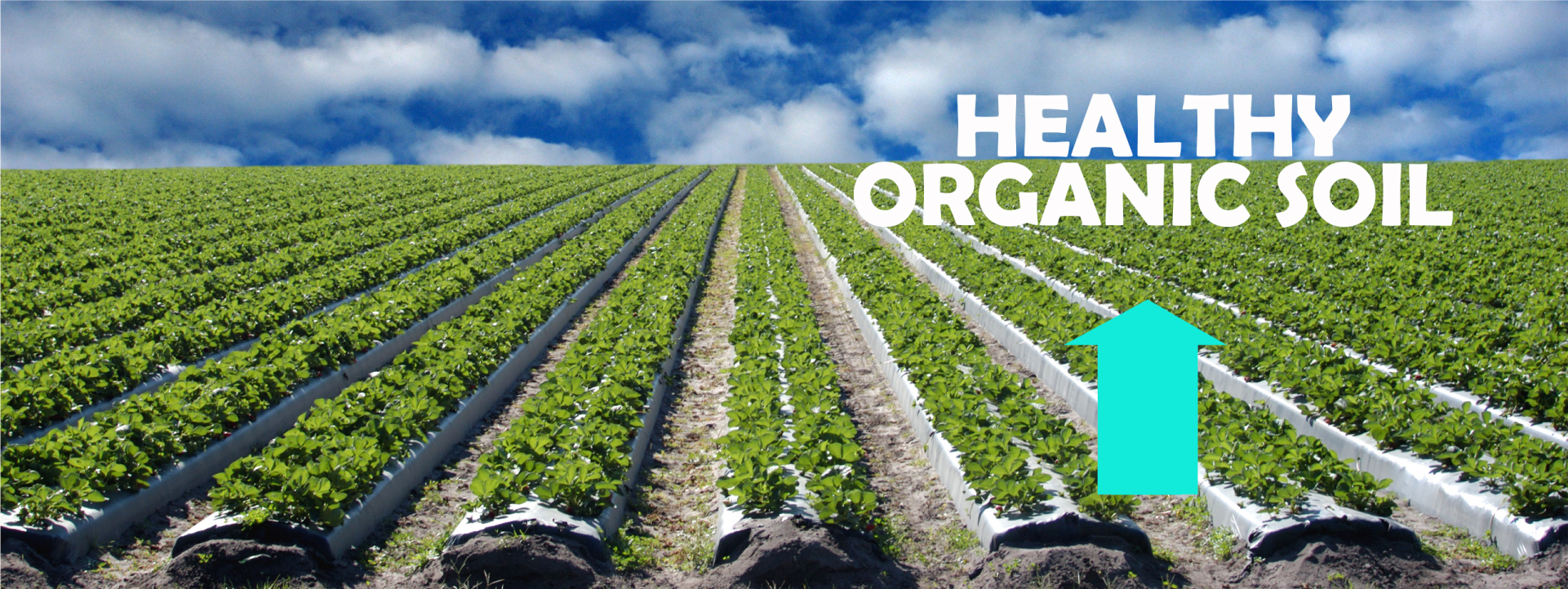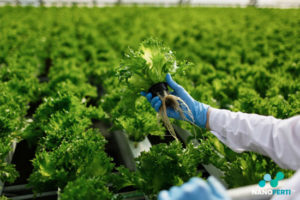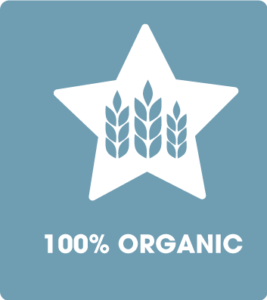Nanoferti has long been used to improve crop production and protect lands, but its application is now going beyond that. The application is now being used to develop new-age smart nano-fertilizers that include new variations of conventional fertilizers and condensed nano-nutrients.
Due to nano-scale fertilizers’ eco- and phyto-toxicity aspects, there is a growing consensus that alternatives are necessary to mitigate the adverse effects nano-fertilizer can have. One potential improvement is nano-biofertilizers, which is a combination of bio and nano-fertilizers to improve sustainable crop productivity and tackle the environmental safety topic.
Why Nanoferti?
There are many nutritional management benefits with Nanoferti because of their potent possibility of increasing nutrient use efficiency. Whether the nutrients are applied with or without something else, they have nano-dimensional absorbents that slowly release nutrients compared with traditional fertilizers. This slow-release helps improve nutrient-use efficiency and lower nutrient leaching into the groundwater. Nanoferti can also be used to improve abiotic stress tolerance and used along with microorganisms for even more benefits.
Nanoparticles’ unique properties include high sorption capacity, amplified surface-to-volume ratio, and controlled-release kinetics to directed sites. Thus, giving them possible plant growth enhancement abilities.
These distinguishing features make it, so nano-structured fertilizers become a plant’s smart delivery system of nutrients. Compared to other traditional fertilizers, nano-fertilizers release their nutrients slowly, which improves nutritional management, such as reducing nutrient leaching and amplifying nutrient-use efficiency.
The purpose behind nano-fertilizers is to release the active ingredients when there is environmental stress and biological demands. According to scientists, nano-fertilizers boost agricultural productivity by bettering
- Carbohydrate and protein synthesis
- Nitrogen metabolism
- Photosynthetic activity
- Seed germination rate
- Seedling growth
Soil fertility and better crop quality and productivity are highly-dependent on nutrient fertilization. The agricultural world’s biggest challenge is getting the right amount of nutrients for horticultural crops because of the heavy reliance on chemical fertilizers.
Traditional fertilizers are expensive for producers, and they are dangerous to both the environment and humans. As such, research on more eco-friendly fertilizers, especially those that focus on high nutrient-use efficiency as potential alternatives. Again, Nanoferti provides an array of nutritional benefits because of its powerful nutritional use efficiency ability.
Despite the numerous benefits Nanoferti has on sustainable agriculture, the drawbacks should be scrutinized before the technology is used. For example, what risks does it pose to the food chain and environment if nanomaterials were used?
Important To Note…
Using Nanoferti provides an ample array of opportunities that will help improve yields, but in the context of climate change, using nanomaterials may not be safe in every instance. This is why it’s so important to weigh the pros and cons of nanofertilzers before they are used. There is also a need for additional research on biotechnological advances and nanomaterials and how they can be used safely in agriculture.
